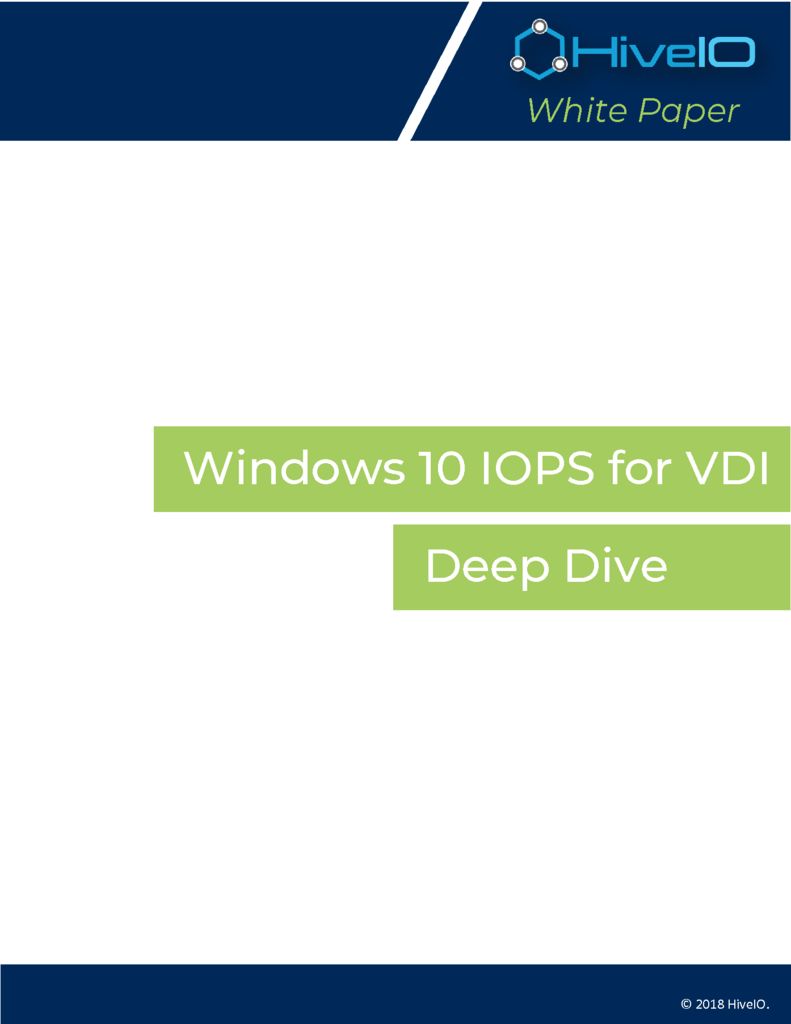Windows 10 and IOPS is the most challenging, least understood and most frequently encountered resource bottleneck that stalls today’s desktop virtualization projects. Many of these projects are Windows 10 migrations which are one of the key IT initiatives which are driving VDI adoption today. However, many IT organizations planning a Windows 10 migration with VDI are unaware that the combination of Windows 10 and Anti-virus more than doubles the amount of memory and IOPS required per desktop compared to Windows XP and Windows 7, which will significantly decrease virtual desktop density per server and will degrade virtual desktop performance. As a result, the storage architecture is often undersized for Windows 10. This leads to desktop performance and budgeting issues when more storage is required to fix the IOPS bottleneck.
In the document below, take a deep dive into the IOPS resource requirements for Windows 10 in different situations which will give your enterprise architect the information they need to correctly size storage for Virtual Desktop projects.
